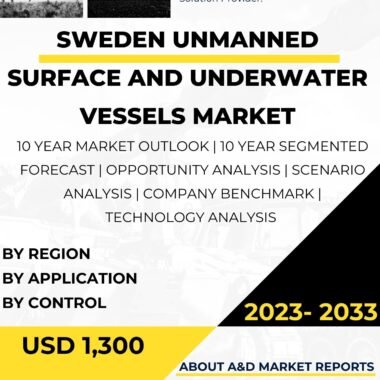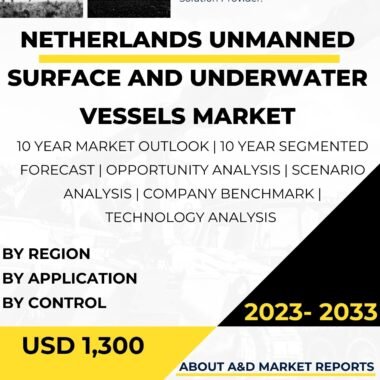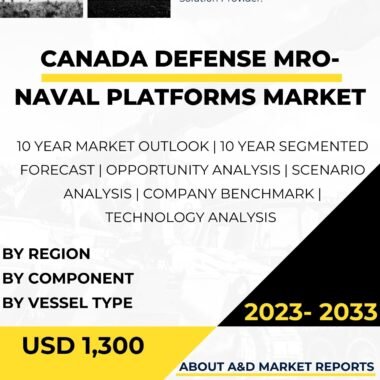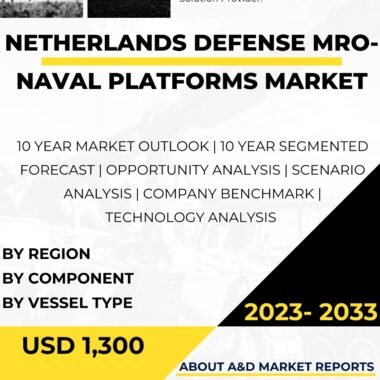Description
The advancement of unmanned technologies has revolutionized various industries, including maritime operations. Unmanned Surface Vessels (USVs) and Unmanned Underwater Vehicles (UUVs) have gained prominence in the United States due to their capabilities, versatility, and potential to transform maritime missions. This article provides an overview of some notable unmanned surface and underwater vessels developed and deployed in the US, highlighting their applications and contributions to enhancing maritime operations.
Unmanned Surface Vessels (USVs):
Sea Hunter:
Developed by the Defense Advanced Research Projects Agency (DARPA) and the Office of Naval Research (ONR), the Sea Hunter is a fully autonomous USV designed for anti-submarine warfare and mine countermeasures. It is one of the first unmanned vessels to be awarded a Certificate of Inspection by the U.S. Coast Guard, allowing it to operate in open waters alongside manned ships. The Sea Hunter’s long-range endurance and multi-mission capability make it a valuable asset for the US Navy.
CB90 U.S. Navy:
The CB90 U.S. Navy is an unmanned version of the Combat Boat 90 used for littoral and riverine operations. Outfitted with advanced sensors and communication systems, this USV is utilized for intelligence, surveillance, reconnaissance, and maritime interdiction operations. Its speed, maneuverability, and small size make it an excellent platform for operations in congested and shallow waters.
Textron Common Unmanned Surface Vessel (CUSV):
The CUSV is a modular USV developed by Textron Systems for various naval applications, including mine countermeasures, anti-submarine warfare, and intelligence gathering. It can be equipped with different mission packages to adapt to specific operational requirements, providing the US Navy with enhanced flexibility in unmanned maritime operations.
MANTAS T12 USV:
The MANTAS T12 USV, developed by Marine Advanced Research Inc., is a versatile unmanned platform designed for both surface and subsurface missions. It can be equipped with a range of sensors and payloads, making it suitable for tasks such as environmental monitoring, search and rescue, and hydrographic surveying.
Unmanned Underwater Vehicles (UUVs):
REMUS (Remote Environmental Monitoring UnitS):
Developed by the Woods Hole Oceanographic Institution and later acquired by Hydroid Inc. (a subsidiary of Huntington Ingalls Industries), the REMUS series of UUVs are widely used for oceanographic research, underwater surveying, and mine countermeasures. These UUVs can operate autonomously or be controlled remotely, offering valuable data for scientific and defense purposes.
Bluefin-21:
The Bluefin-21, developed by Bluefin Robotics (now a part of General Dynamics Mission Systems), is a modular UUV used for a wide range of missions, including mine countermeasures, search and recovery, and underwater surveying. Its ability to dive to significant depths and stay submerged for extended periods enhances its utility in gathering critical data from the ocean floor.
Littoral Battlespace Sensing-Glider (LBS-G):
The LBS-G, developed by the Applied Physics Laboratory at the University of Washington, is an autonomous underwater glider designed for persistent ocean monitoring in littoral environments. It moves through the water using buoyancy changes and adjusts its pitch to glide at different depths. The LBS-G plays a vital role in studying oceanographic phenomena and collecting environmental data.
Ocean Glider:
The Ocean Glider, developed by Teledyne Webb Research, is another example of an autonomous underwater glider used for various ocean monitoring and research tasks. It navigates ocean currents with low energy consumption, allowing it to operate for extended periods and cover vast distances. Ocean Gliders have been employed in marine research, climate studies, and disaster response efforts.
HUGIN AUVs:
The HUGIN series of UUVs, manufactured by Kongsberg Maritime, are advanced and highly capable autonomous underwater vehicles. They are equipped with a wide range of sensors, including high-resolution imaging sonars, multi-beam echo sounders, and magnetometers, enabling precise mapping and data collection for applications such as marine geology, seabed surveying, and environmental monitoring.
Large Displacement UUV (LDUUV):
The LDUUV program, led by the US Navy, aims to develop a new class of long-endurance UUVs capable of carrying out multiple missions, including intelligence gathering, mine warfare, and anti-submarine warfare. These large UUVs are intended to operate independently or in conjunction with manned submarines and surface ships, extending the Navy’s underwater capabilities.
In conclusion, the United States continues to lead the way in developing and deploying advanced unmanned surface and underwater vessels. These innovative platforms have demonstrated their capabilities across a wide range of maritime missions, from intelligence and reconnaissance to mine countermeasures and scientific research. As technology continues to evolve, unmanned vessels are likely to play an even more significant role in shaping the future of maritime operations, offering increased efficiency, reduced risk to human operators, and enhanced data collection capabilities in challenging environments.




